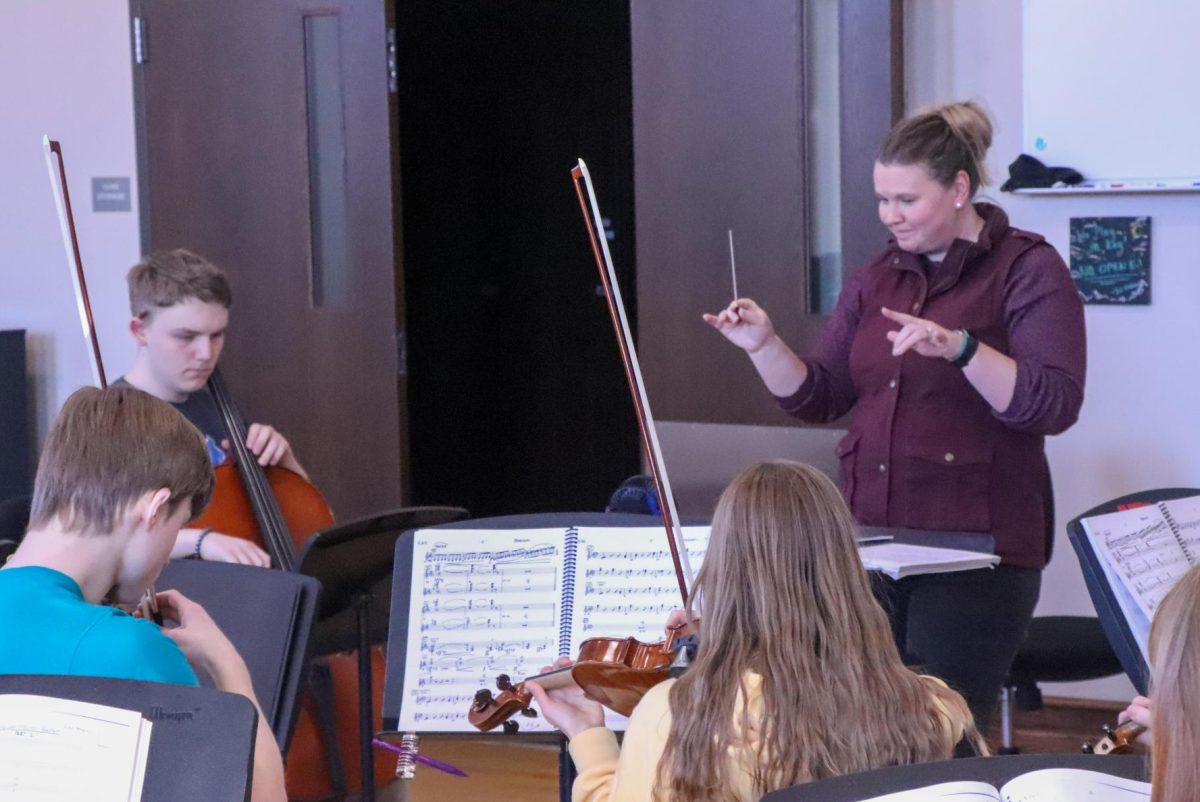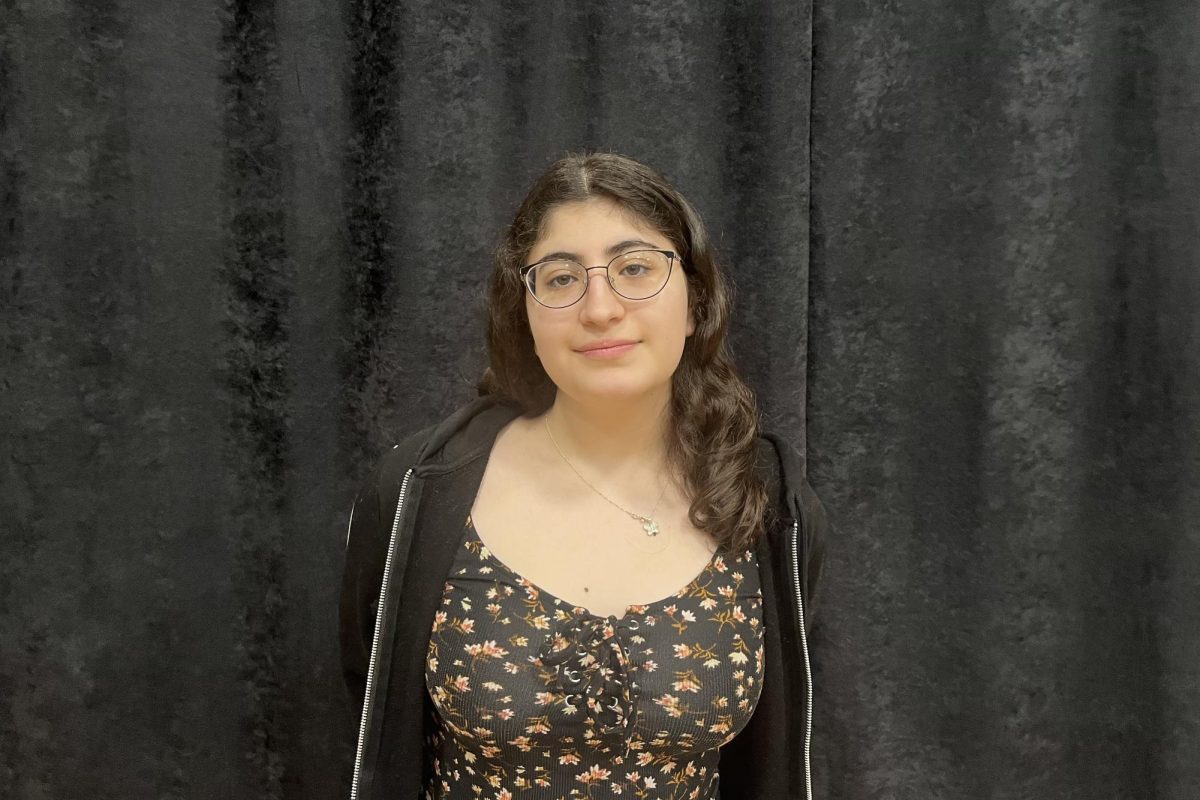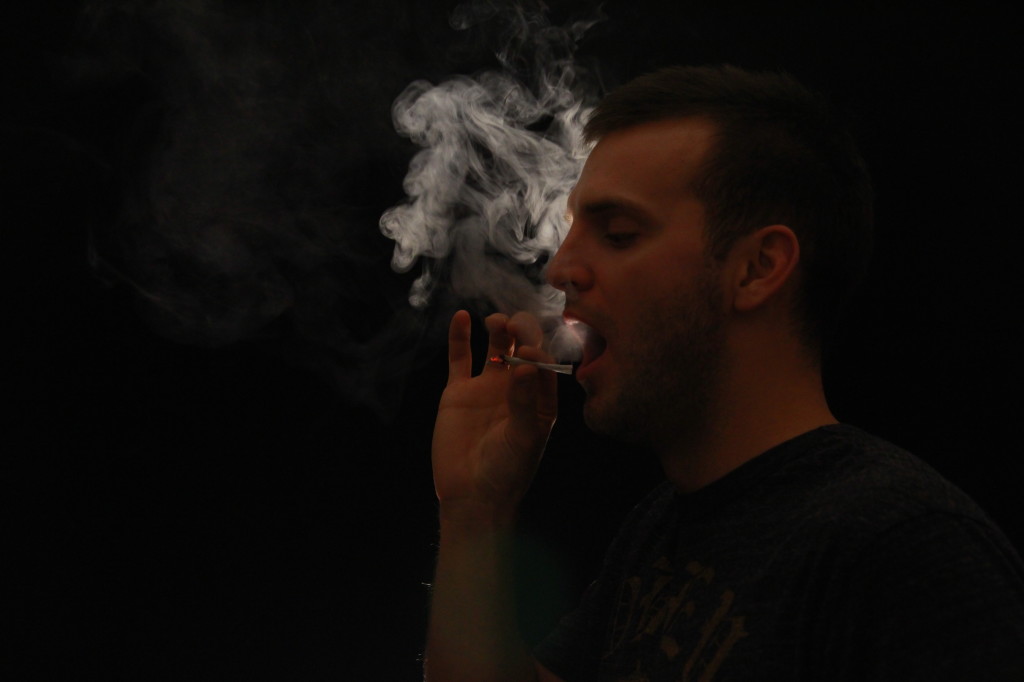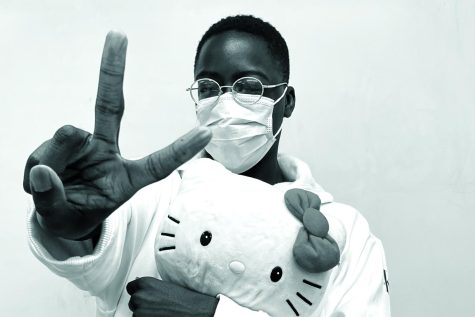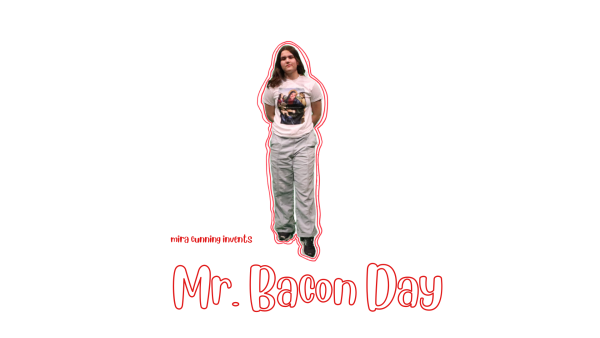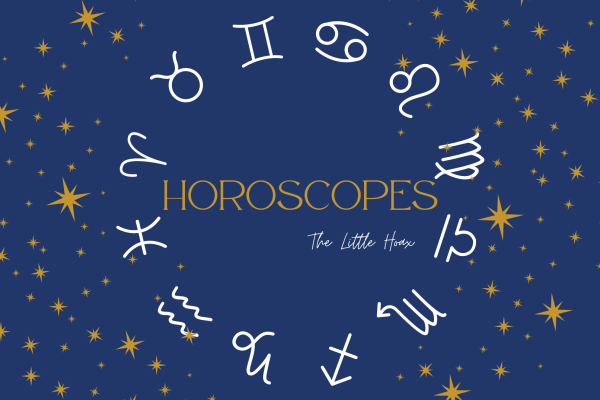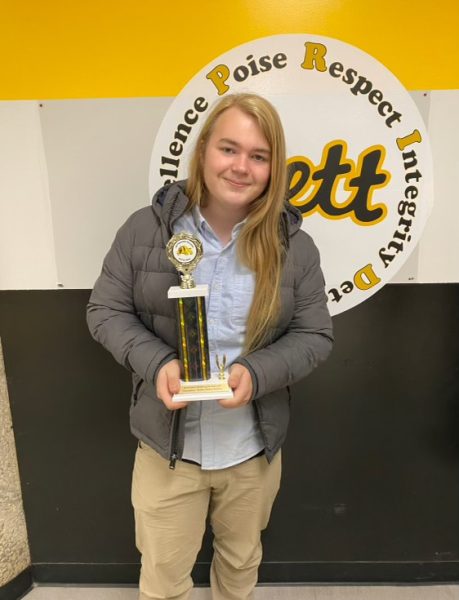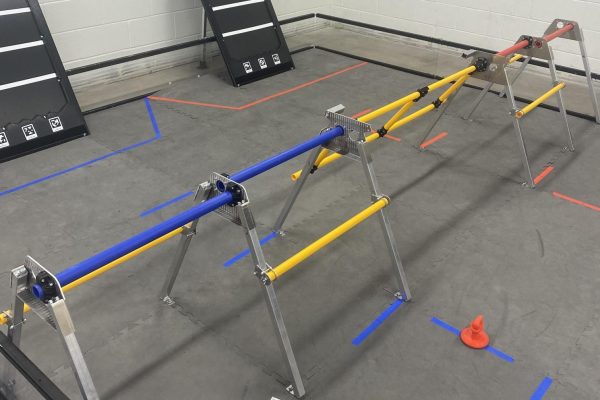Synthetic Marijuana Rising Among Students
November 13, 2013
By Payton Evans and Becca Meyer
Music is blaring and people are everywhere. Smiles and quick side conversations are being exchanged as Abigail*, a City High student, is offered what she thinks is natural marijuana.
“After I smoked it, I didn’t feel like myself at all,” Abigail said. “I was getting a ride home from a friend, but I thought I was being kidnapped. I felt really scared and I didn’t know where I was. I was freaking out and yelling at the driver.”
Abigail was exemplifying a few of the symptoms that accompany the high induced by synthetic marijuana.
“It wasn’t even fun to smoke,” Abigail said. “I was so paranoid the whole time.”
Synthetic marijuana — also known as Spice, K2, and Black Mamba — emerged as a recreational drug in Europe during the mid-2000s. Sold as small packets of incense labeled “not for human consumption,” it is accessible to the point of being available at local gas stations. Synthetic marijuana is even more expensive than natural marijuana, costing from $60 to $100 for a 3.5 gram packet.
Professor John Huffman of Clemson University originally developed the drug solely for medicinal use. It was intended to be a legal form of marijuana that could be put into a pill to help diminish side effects of diseases such as cancer. In the last decade, though, it became popular around the world as a marijuana substitute.
A large percent of the recreational users are high school teens. According to The Office of National Drug Control, synthetic marijuana is the second most common drug used among high school students, after natural marijuana. The National Institute on Drug Abuse (NIDA) states that approximately 11% of high school seniors in 2012 had experimented with synthetic marijuana at least once.
Its health effects have been severe. 11,406 visits to the ER in 2010 were related to use of synthetic marijuana, according to NIDA. Seventy-five percent of these visits were from young adults between 12 and 29 years old.
“You can’t hide being on K2,” Officer Bailey said. “You could be chill for a little while and then you’re paranoid, then angry, then crying.”
Earlier this year, local school administrations and police were so concerned about the rise of synthetic marijuana that they held an all district meeting before the start of school year to explain the dangers of synthetic marijuana to school district staff.
“Synthetic is nasty, nasty stuff,” Iowa City Police Officer Kevin Bailey said. “It scares us to death that kids think ‘Oh it’s legal so we can use it,’ and then they end up in the psych ward at the university and are maybe even addicted to it.”
City High student Veronica* received the drug from a trusted friend and assumed that it was natural marijuana. Her reaction was unpleasant.
“I was throwing up.. like nonstop. I couldn’t stop throwing up, and I was crying
and I didn’t know what was going on and I couldn’t walk straight,” Veronica said when asked about her first experience with synthetic marijuana.
Unlike Abigail, Veronica was in a more quiet situation with only a few close friends by her side.
“I would never recommend it to anyone. It’s scary,” Veronica said. “Everyone I know who has done it says they never want to do it again.”
When Veronica was asked her opinion on why kids have recently been exploring synthetic marijuana, her answer was typical to many curious high school students.
“Kids do it because they’ve never done it before and they want to know what it’s like,” Veronica* said. “It’s also easy to buy.. like you can go downtown and get it legally.”
Certain types of synthetic marijuana are legal to possess and ingest, with public intoxication being the only possible charge when caught high on the drug. By selling the legal form of synthetic as incense, local head shops and gas stations are able to sell the drug without breaking any laws. The primary reason for synthetic marijuana still being so accessible is simple- money. According to Officer Bailey, on average, synthetic marijuana is a billion dollar per year industry, nationwide.
In addition to the large profits being made off of synthetic marijuana, the countless chemical components in the drug are constantly changing, making it challenging for the federal government to make all types of synthetic illegal.
“The feds made some families of synthetic illegal, but then the chemists change the chemical formula just a little bit so it’s legal, but you still get the same result,” Officer Bailey said, “Then we make that chemical formula illegal, so they change it again.”
In addition, synthetic marijuana contains different types and amounts of chemicals in each packet. One packet could have enough chemicals to be fatal.
“They [the suppliers] get the chemicals on the plant material by mixing up all the chemical crap, putting it in the tank sprayers, and spraying it with these chemicals. But they could get distracted and start spraying one section way longer than the rest of it. That’s why some kids can use it three or four times and not have a “bad” experience, but let’s say you got the stuff where the guy doused it. Then you’re getting three or four times as much chemical in the same joint,” Officer Bailey said. “You just never know what you’re getting.”
The dangers of synthetic marijuana are highly underestimated. Though it may be a legal drug, it is, by no means, a safe drug.
“I’m surprised we haven’t seen more deaths,” Officer Bailey said.





























